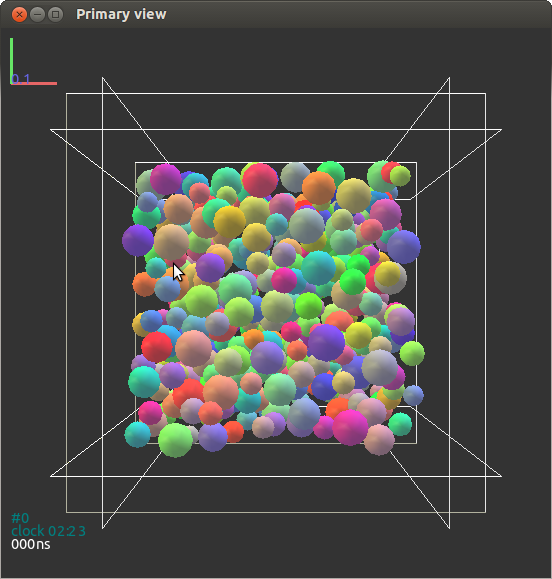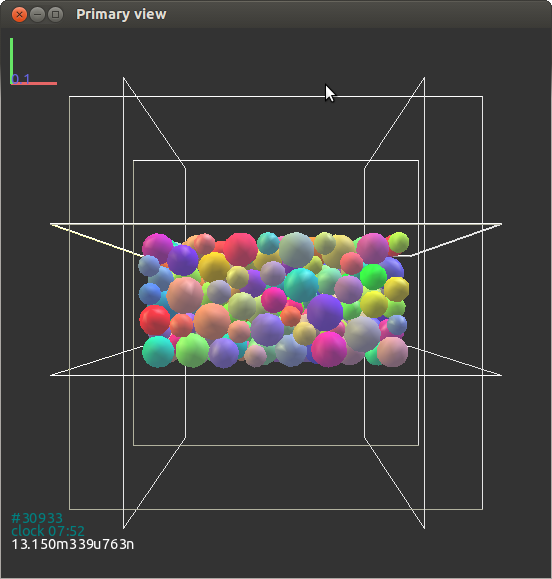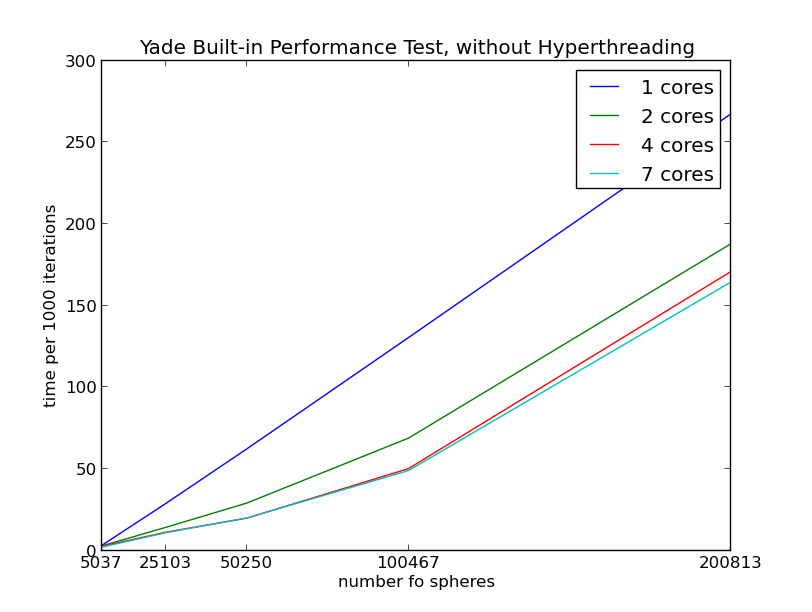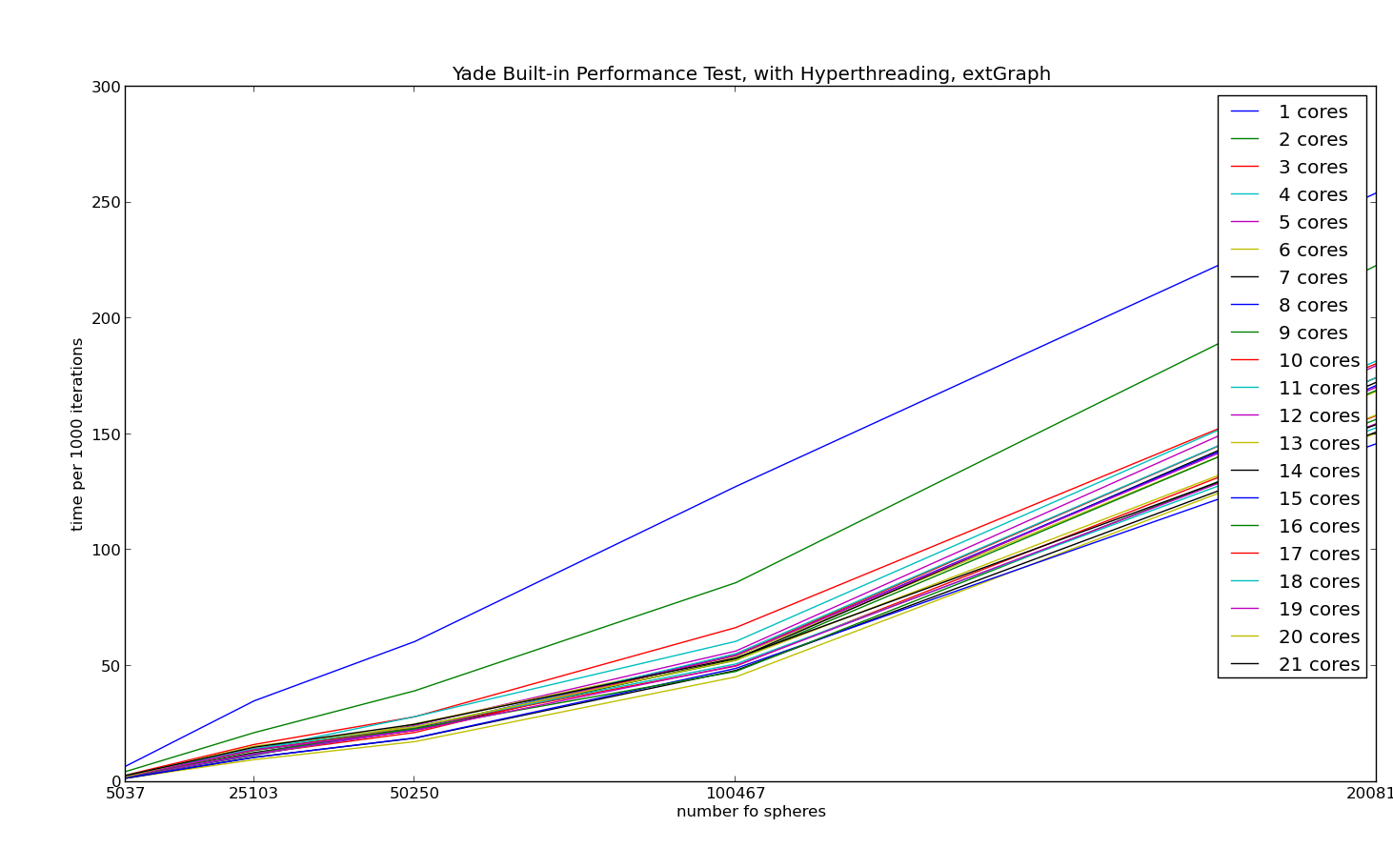Difference between revisions of "Multicore Performance"
From Yade
(added brunos questions) |
(added todo) |
||
| Line 8: | Line 8: | ||
[[File:Yade_built_in_perf_test_wHT_quadro4000.png]] |
[[File:Yade_built_in_perf_test_wHT_quadro4000.png]] |
||
| + | |||
| ⚫ | |||
| + | == Todo: == |
||
| + | - integrate new results from simulation with 300k spheres "einfacherBehälter" (performanceplot->update; timing) |
||
| + | |||
| ⚫ | |||
Bruno: |
Bruno: |
||
Revision as of 16:32, 30 April 2013
work in progress
pictures
Todo:
- integrate new results from simulation with 300k spheres "einfacherBehälter" (performanceplot->update; timing)
Questions from community to take care of:
Bruno: "I think an interesting thing to investigate is if it is possible to reduce the collider's time in the 512k simulation (p10, last column of the table) by playing with verletDist. Clearly the default setting of the collider is not for high numbers of particles and I think it is possible to get better performances, with many cores especially. It would be also good to know the frequency of collider's run.
For your last tests with Hetz-Mindlin (starting p11), it is not very clear to me what you have been doing. Why colliders time does not appear in p.12? How many particles? Is there a comparison between Hertz-Mindlin and a simpler contact law?"



